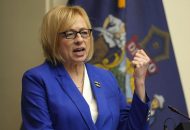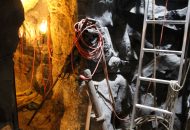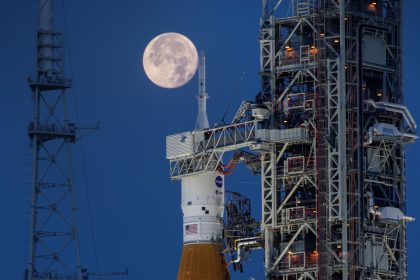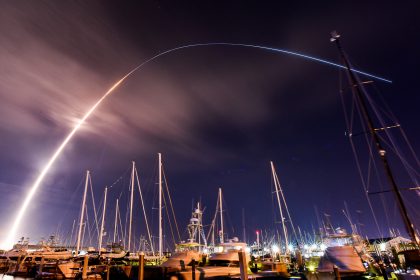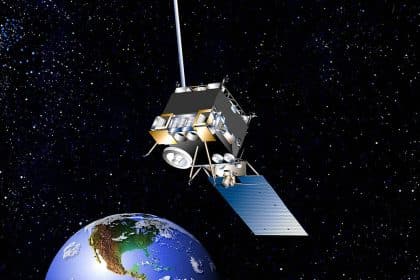National Solar Observatory Predicts Large Sunspot for Thanksgiving
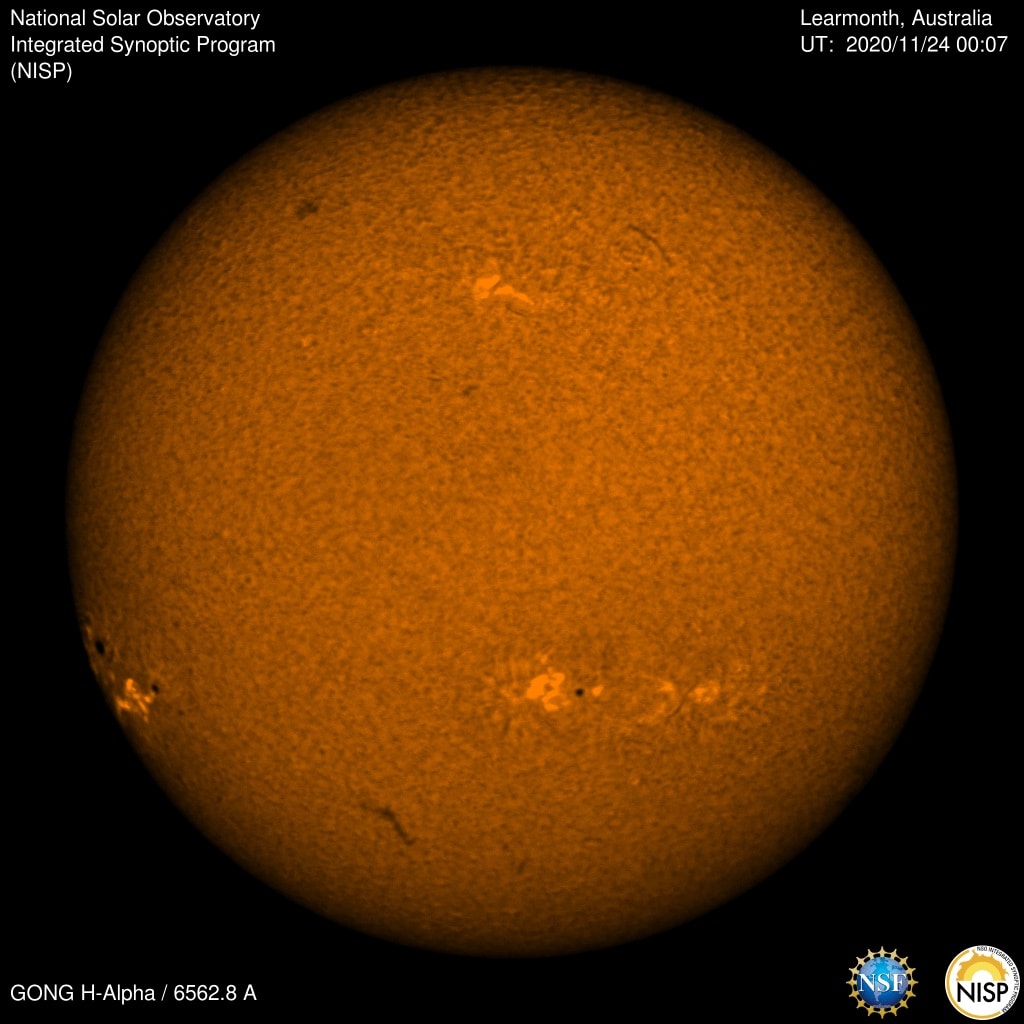
BOULDER, Colo. – A giant sunspot is expected to traverse the Earth-facing side of the Sun by Thanksgiving, according to scientists at the National Science Foundation’s National Solar Observatory.
They based their prediction, first made on Nov. 18, on a special technique called helioseismology. It allows researchers to “listen in” on the changing sound waves from the Sun’s interior which beckon the arrival of a large sunspot.
“We can use this technique to identify what is happening on the side of the Sun that faces away from Earth days before we can catch a glimpse from here,” explained Dr. Alexei Pevtsov, associate director for the NSO’s Integrated Synoptic Program, which is responsible for the prediction.
Recent changes to these sound waves pointed to the imminent appearance of new sunspots which can now be seen from Earth.
“Having up to five days’ lead time on the presence of active sunspots is extremely valuable to our technology-heavy society,” Pevtsov said.
Sunspots are areas where the magnetic field is about 2,500 times stronger than Earth’s, much higher than anywhere else on the Sun.
Because of the strong magnetic field, the magnetic pressure increases while the surrounding atmospheric pressure decreases, this in turn lowers the temperature relative to its surroundings.
A typical spot consists of a dark region called the umbra, surrounded by a lighter region known as the penumbra. The sunspots appear relatively dark because the surrounding surface of the Sun is about 10,000℉., while the umbra is about 6,300℉.
And as Pevtsov implied, the more active sunspots are, the more troublesome they can be for people on Earth.
That’s because as sunspots increase, so too, do solar flares, which in turn create an increase in geomagnetic storm activity — also known as “space weather” here on Earth.
As a result, during sunspot maximums, the Earth will see an increase in the Northern and Southern Lights and a possible disruption in radio transmissions and power grids.
The storms can even change polarity in satellites which can damage sophisticated electronics.
Dr. Claire Raftery, head of Education, Outreach and Communication at the solar observatory, said making predictions about space weather is outside its purview, but she pointed to a number of entities that do, including NOAA’s Space Weather Prediction Center.
The current forecasts for aurora and solar wind activity can be found here.
Explanations of their space weather forecasts can be found here, and a three-day solar wind forecast can be seen here.
The more tangled the magnetic field, the more likely it will result in large solar flares and coronal mass ejections which in turn can result in space weather effects on Earth.
These include impacts on communications, GPS and possibly electrical grid systems. NSO provides 24/7 “eyes on the Sun” through the Global Oscillation Network Group, which is funded by NSF and the National Oceanic and Atmospheric Administration.
The network consists of six monitoring stations positioned across the globe, observing the Sun’s magnetic field and other features all day every day.
Pevtsov said at the present time, the flare prediction is done on a probabilistic basis, and it is hard to say when exactly a flare occurs. Usually, it takes a “few days” after a new region emerges before it starts flaring.
“Also, the active regions that grow fast are more likely to be more flare productive. We saw the region on the far side of the Sun developing several days before it appeared on the Earth’s side, and it was rapidly growing,” Pevtsov said “Based on this we anticipate that by the time we see it from Earth it would start producing the flares.
“In fact, it has already produced two C-class flares,” he continued, explaining that C-class flares are relatively small, and usually, they have only minor consequences on Earth.”
Though the space weather impact is expected to be on the mild side this year, many factors come into play and the influence as pertains to this sunspot is unknown.
“As a result, the impact of the group may change in coming days, especially as the sunspots come into full view,” said Raftery.
Dr. Kiran Jain, the scientist who is leading the far side prediction at NSO, describes the evolution of the sunspot as “the strongest far-side signal we have had this solar cycle.”
“We first noticed the signal in our far-side images on November 14, 2020,” she continued. “It was inconspicuous at first but grew quickly, breaking detection thresholds just one day later. Since we are in the very early phase of the new solar cycle, the signal from this large spot stands out clearly.”
The National Solar Observatory is the national center for ground-based solar physics in the United States and is operated by the Association of Universities for Research in Astronomy (AURA) under a cooperative agreement with the National Science Foundation Division of Astronomical Sciences.









